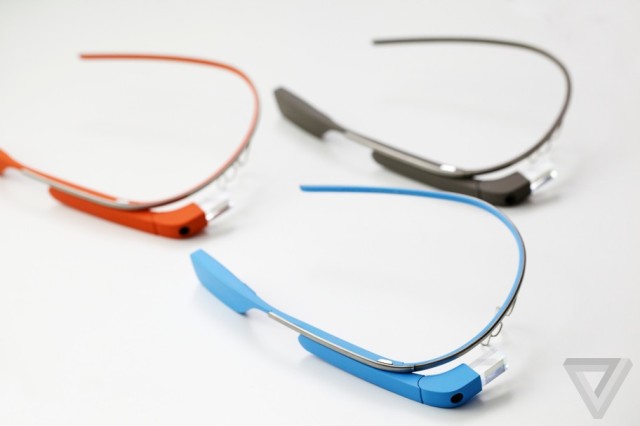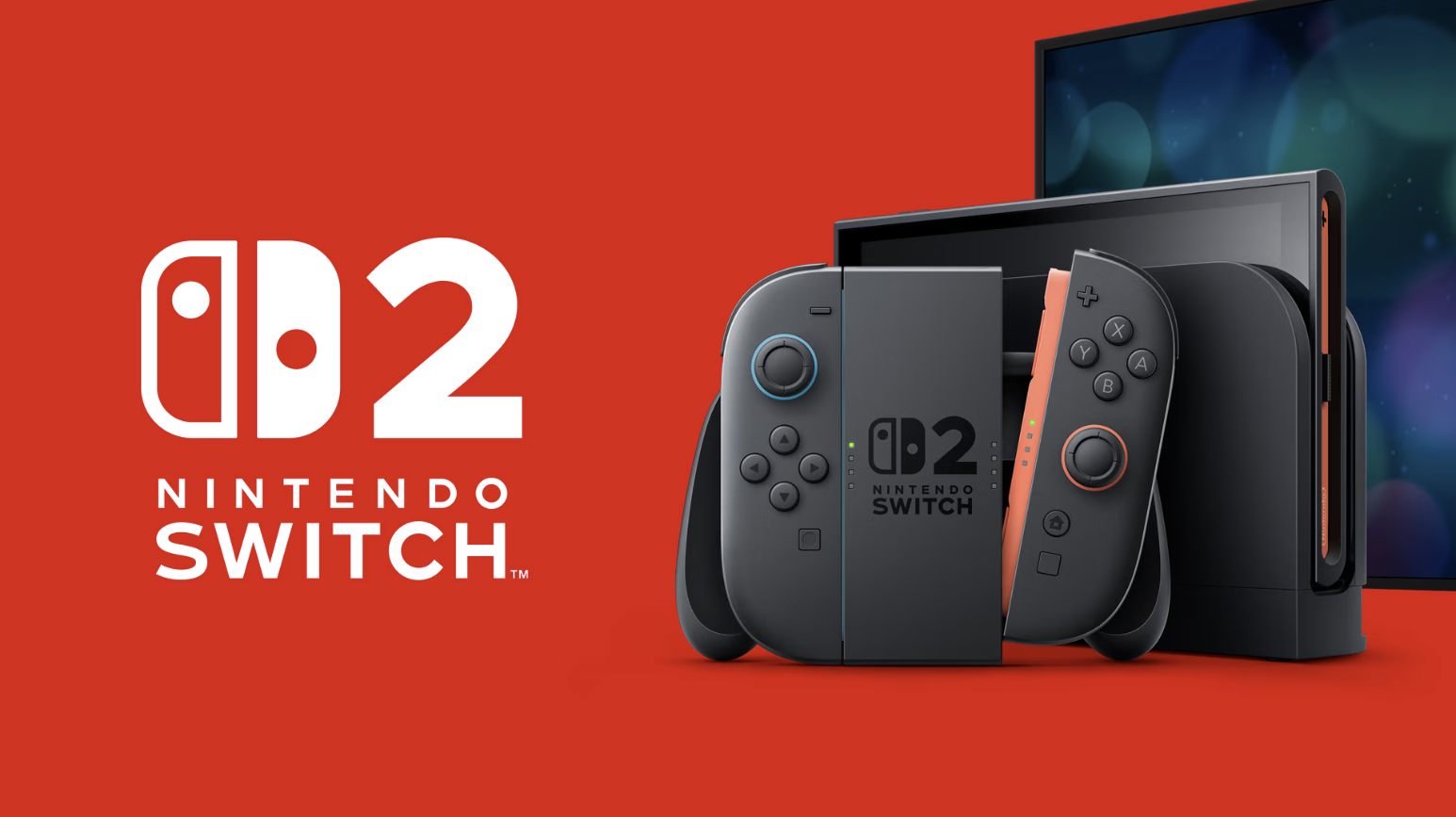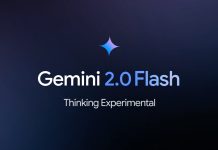As Google Glass gets closer to a public release, we are likely to see more and more awesome and inventive uses for the new technology. Last week at the HotMobile technology conference in Jekyll Island, Georgia, scientists from the University of South Carolina in Columbia and the University of Durham, North Carolina unveiled an application for the heads-up display called InSight, that was part financed by Google itself.
What is remarkable about InSight is that it does not use facial recognition technology to identify people, but rather uses a ‘fashion profile’, known as a spatiogram, which is generated by a companion smartphone app that takes a series of photos of your intended target (preferably a friend), analysing the spatial distribution of colours, textures and patterns of your clothing, jewellery, badges and glasses. According to the scientists involved in the project, facial recognition would not work in a crowded environment because it is extremely unlikely that the person you’re trying to find would be looking straight at the camera.
Once InSight has detected its target, it overlays their name in the headset’s visor. It is possible that it could also draw in information from social networks. Not only would this be super useful to someone like me, who is terribly prone to losing my friends in crowded rooms, but could be used to help people with facial blindness recognise people they know.
Google Glass is shaping up to be a truly revolutionary technology, and like the smartphone before it, its potential will only be limited by developers’ imaginations. What would you like to see Glass used for? Let us know in the comments.





